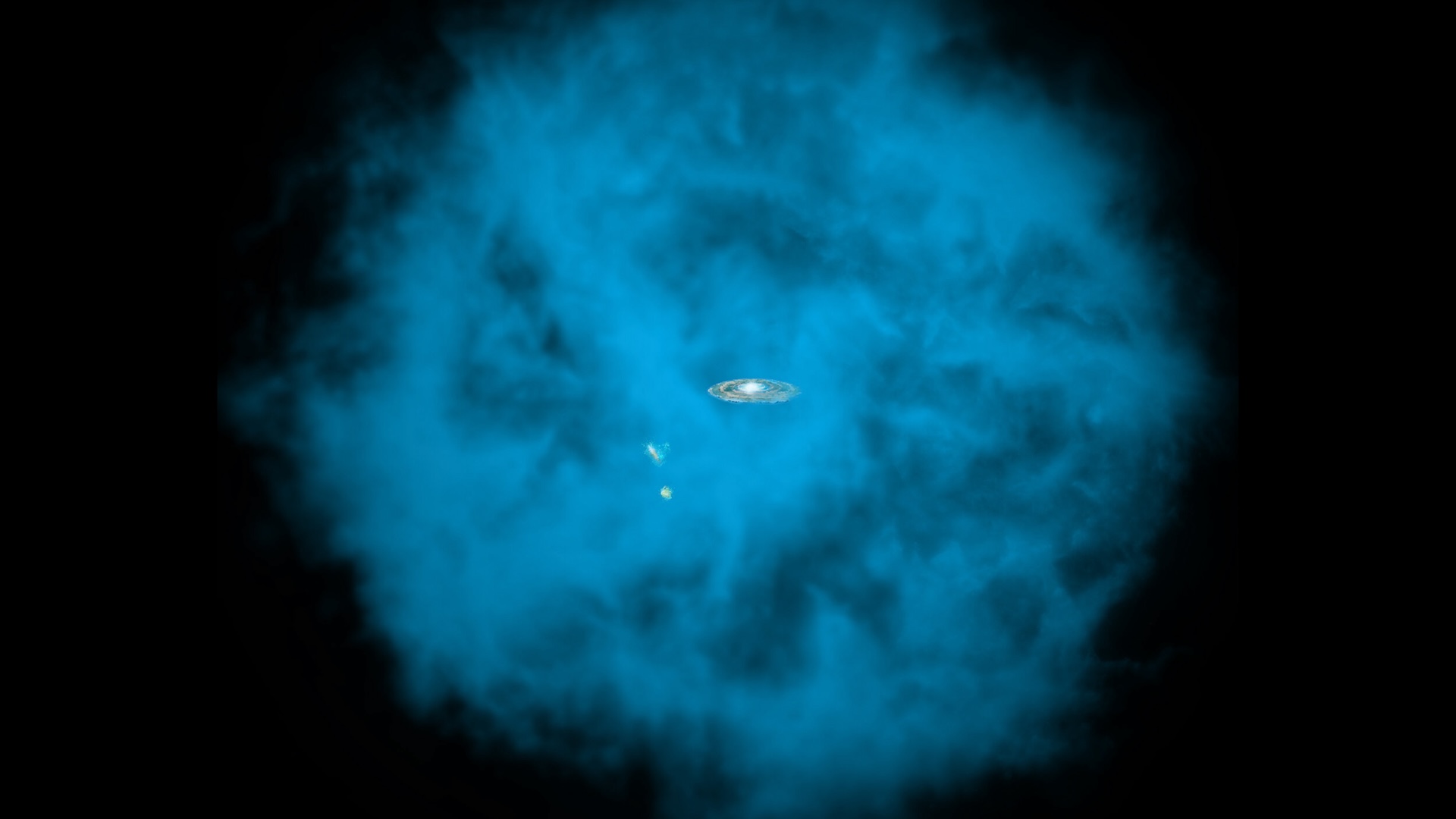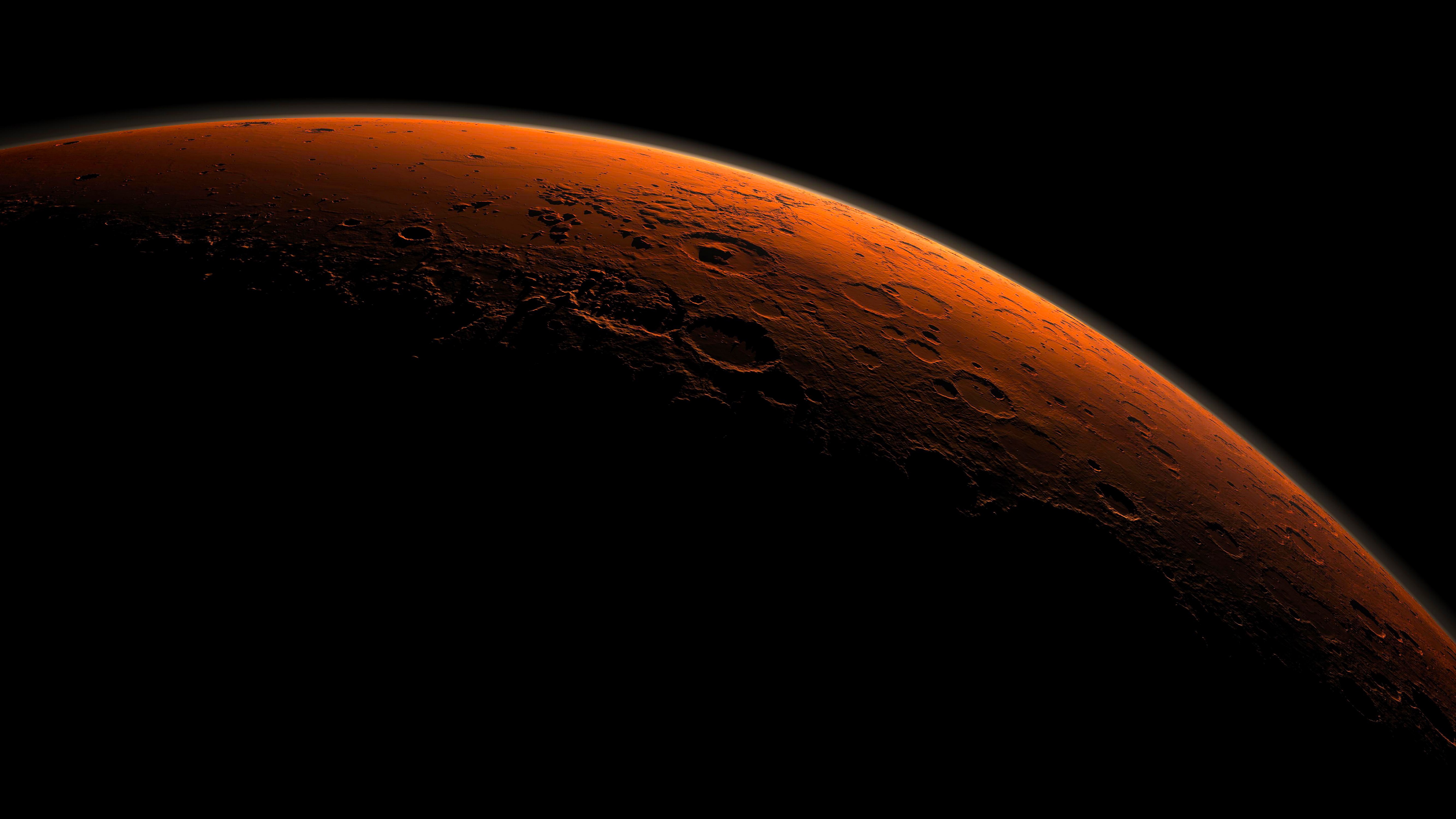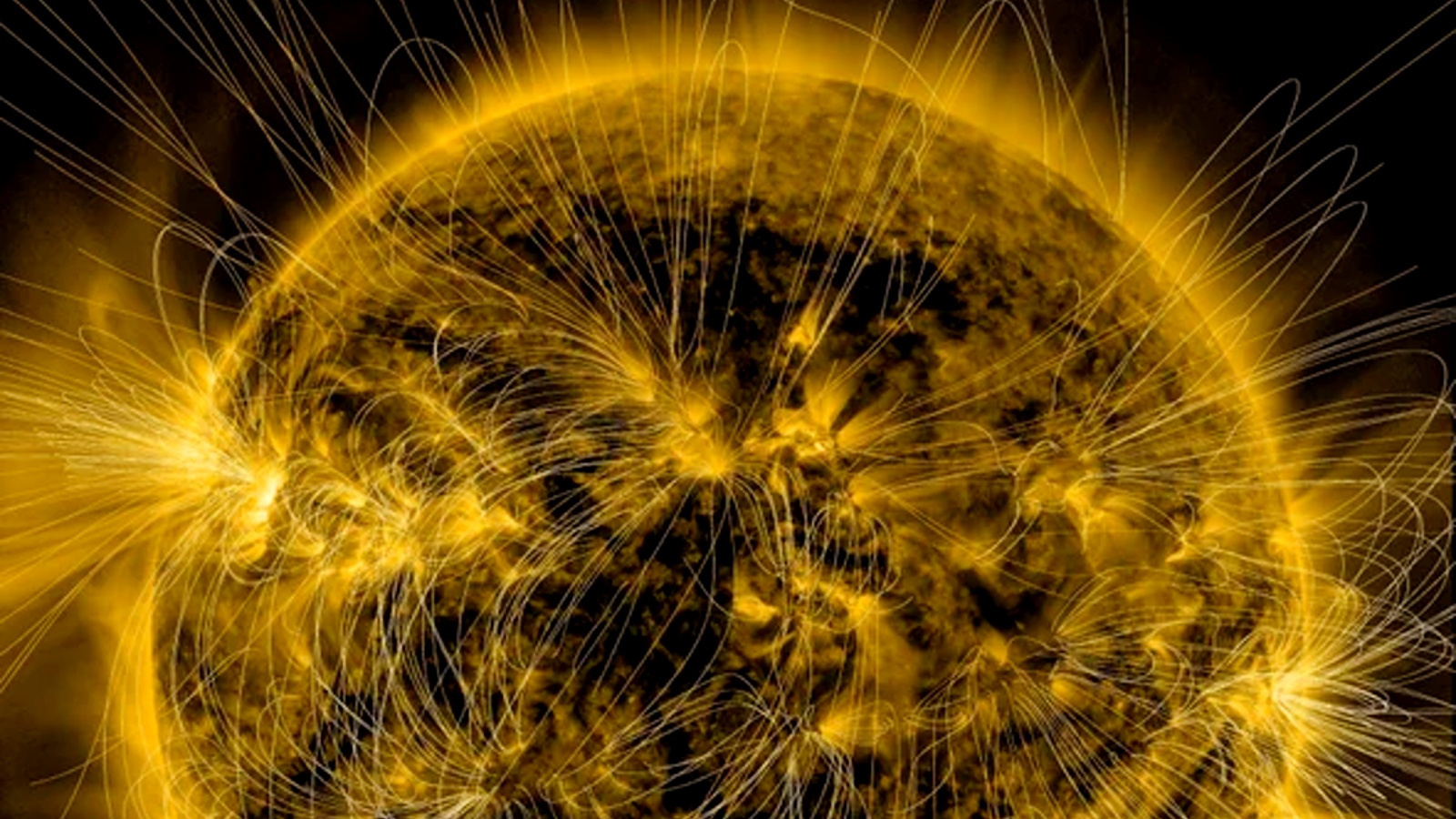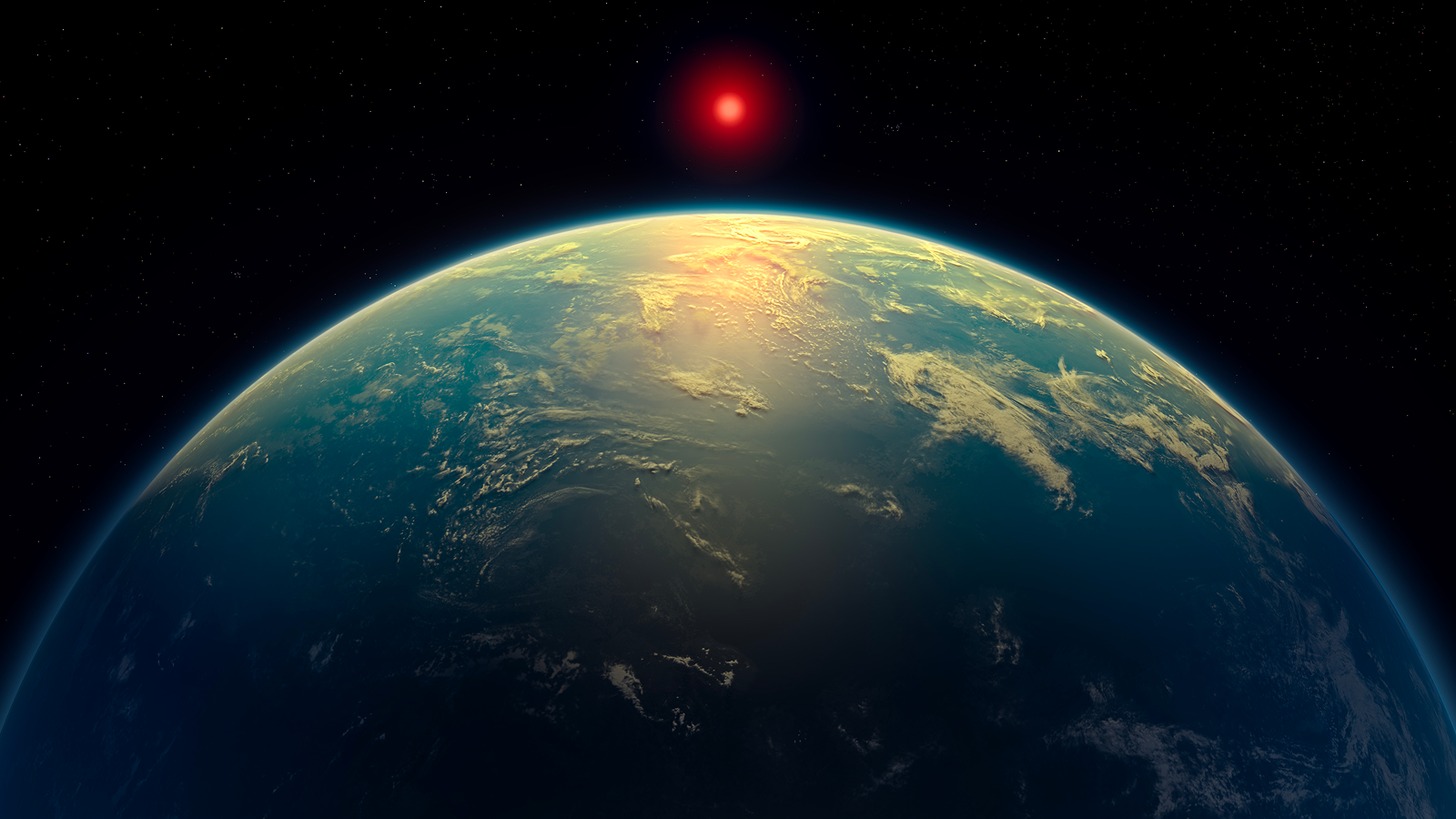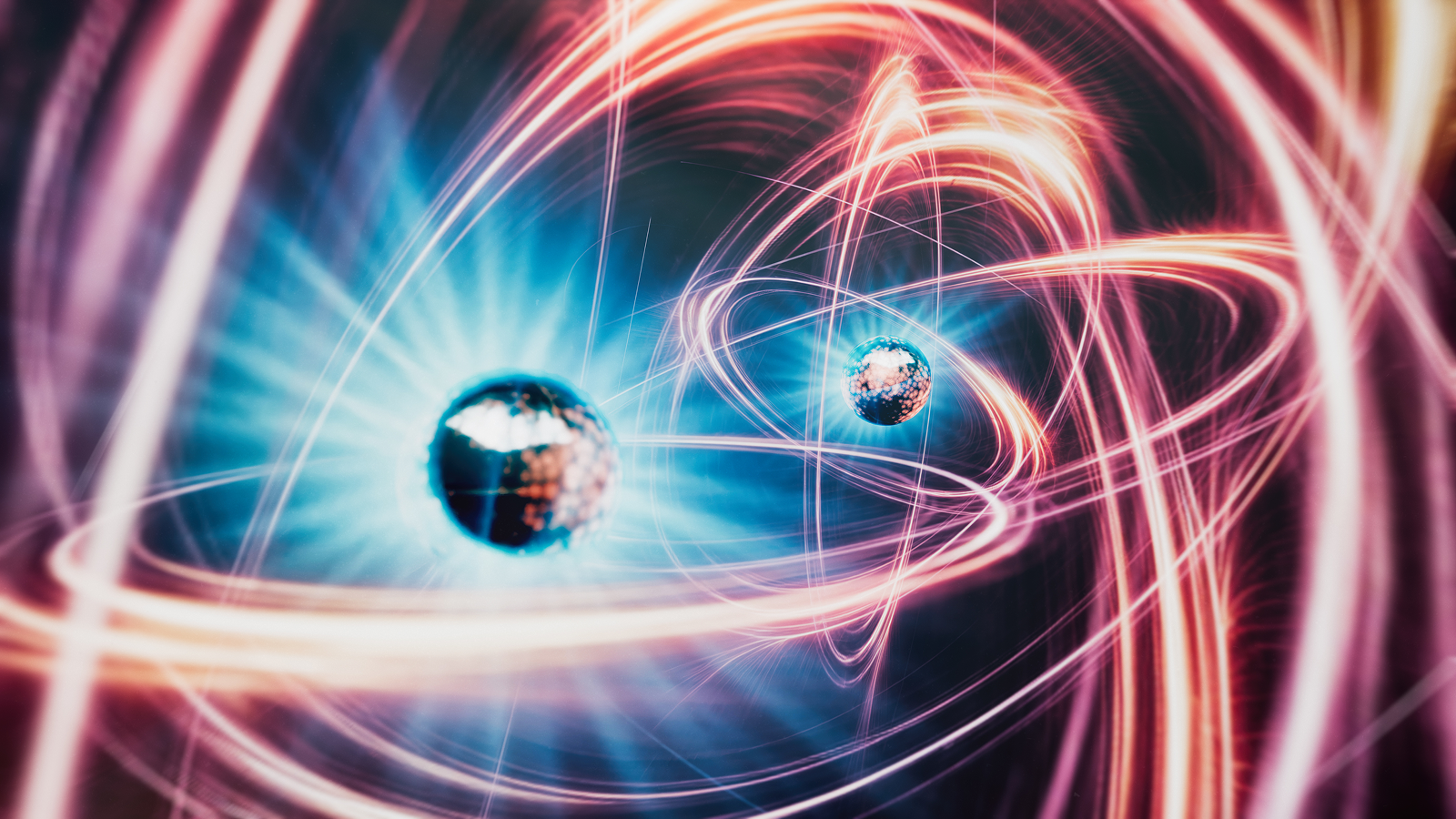James Webb telescope discovers the oldest, most distant black hole in the universe
The James Webb Space Telescope's discovery of the universe's oldest black holes is giving astronomers some vital clues for how they came to be.
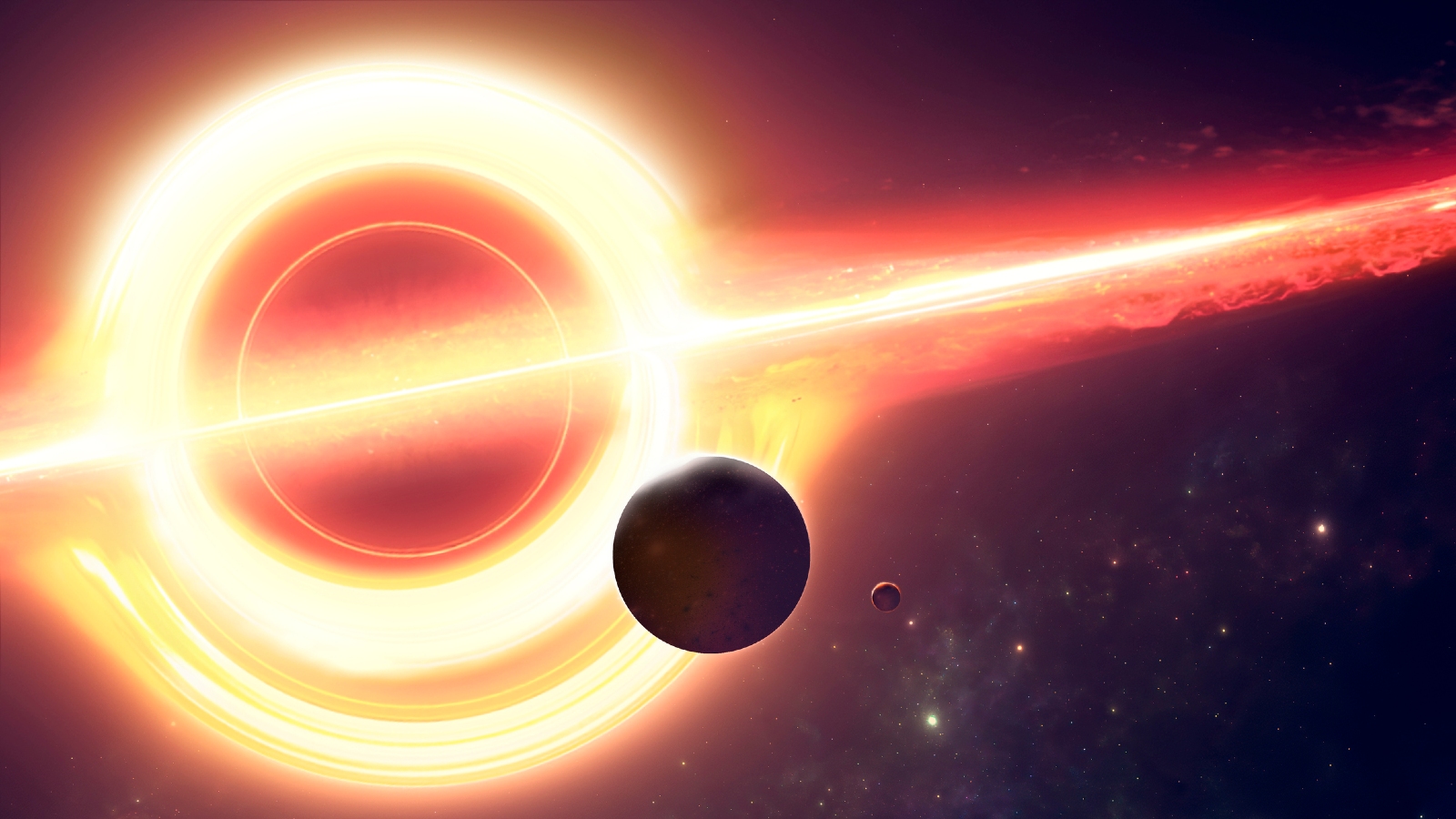
Editor's note: An earlier version of this article was published on Dec. 17, 2023. The article was updated to reflect that the study has been published in the peer-reviewed journal Nature.
The James Webb Space Telescope (JWST) has spotted the oldest black hole ever seen, an ancient monster with the mass of 1.6 million suns lurking 13 billion years in the universe's past.
The James Webb Space Telescope, whose cameras enable it to look back in time to our universe's beginnings, spotted the supermassive black hole at the center of the infant galaxy GN-z11 just 440 million years after the universe began.
And the space-time rupture isn't alone, it's one of countless black holes that gorged themselves to terrifying scales during the cosmic dawn — the period about 100 million years after the Big Bang when the young universe began glowing for a billion years.
How the cosmic whirlpools ballooned in scale so rapidly after the universe began isn't clear. But looking for an answer could help explain how today's supermassive black holes — which anchor entire galaxies including our Milky Way — grew to such mind-boggling sizes. The researchers published their findings Jan. 17 in the journal Nature.
Black holes in the early universe "can't grow quietly and gently as many black holes do in the local [present-day] universe," lead-author Roberto Maiolino, a professor of astrophysics at the University of Cambridge, told Live Science. "They must experience some peculiar birth or formation, and some peculiar growth."
Closer to the present-day, astronomers believe black holes are born from the collapse of giant stars. But however they come to be, they grow by ceaselessly gorging on gas, dust, stars and other black holes. As they feast, friction causes the material spiraling into the black holes' maws to heat up, and they emit light that can be detected by telescopes — turning them into so-called active galactic nuclei (AGN).
Related: Object mistaken as a galaxy is actually a black hole pointed directly at Earth
Sign up for the Live Science daily newsletter now
Get the world’s most fascinating discoveries delivered straight to your inbox.
The most extreme AGN are quasars, supermassive black holes that are billions of times heavier than the sun and shed their gaseous cocoons with light blasts trillions of times more luminous than the brightest stars.
Because light travels at a fixed speed through the vacuum of space, the deeper that scientists look into the universe, the more remote light they intercept and the further back in time they see. To spot the black hole in the new study, the astronomers scanned the sky with two infrared cameras — the JWST's Mid-Infrared Instrument (MIRI) and Near Infrared Camera — and used the cameras' built-in spectrographs to break down the light into its component frequencies.
By deconstructing these faint glimmers from the universe's earliest years, they found an unexpected spike among the frequencies contained within the light — a key sign that the hot material around a black hole was beaming out faint traces of light across the universe.
The most popular explanations for how these early black holes grew so fast are that they formed from the sudden collapse of giant gas clouds or that they came from many mergers between clumps of stars and black holes.
Nonetheless, astronomers haven't ruled out that some of these black holes could have been seeded by hypothesized "primordial" black holes, thought to be created moments after — and in some theories even before — the universe began.
"It's not so clear that [direct collapse] is the only way to make a black hole, because you need some special circumstances for it to happen," Maiolino said. "You need it to be a pristine cloud, yet to be enriched by heavy elements made by the first stars, and one that is fairly massive — from 10,000 to up to a million solar masses."
To prevent such a cloud from cooling too quickly and collapsing into massive stars first, it must also be beamed with ultraviolet light, likely from a nearby galaxy or black hole.
"So you need this peculiar condition where the cloud is not getting enriched [by absorbing exploded star material], but is also next to another galaxy which is producing a lot of photons," Maiolino said. "So we're not necessarily looking for a single scenario, actually two or more of them could be at play."

Ben Turner is a U.K. based staff writer at Live Science. He covers physics and astronomy, among other topics like tech and climate change. He graduated from University College London with a degree in particle physics before training as a journalist. When he's not writing, Ben enjoys reading literature, playing the guitar and embarrassing himself with chess.
